Montana is famous for its national parks, bison burgers, and vast spaces. It has mountains, canyons, forests, plains, and river valleys. It covers 145,545 square miles—Norway-sized. Montana has sizable cities, but not major ones like Seattle or Houston. See Montana’s five largest cities by population and geographical area and learn about its economy.
Billings
Billings, Montana’s largest city, has 119,960 residents and 0.36% yearly growth. The city’s population grew 89% from 1969 to 2021. Billings is 45 miles long and has 2,651 people per square mile.
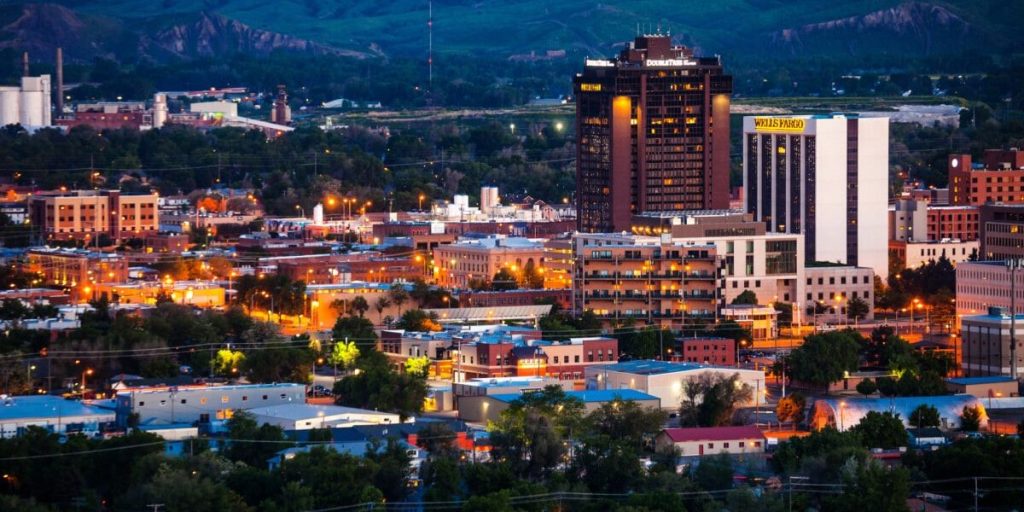
Billings, in south-central Montana, is in the Yellowstone River basin with mountains on three sides. City is divided by sandstone cliffs in the valley. Billings has short, hot, dry summers and cold, snowy, partly cloudy winters like most of Montana.
- Billing GDP: $11.5M
- Top industries: Healthcare, retail, food service, construction, wholesaling, and education
- Billings Clinic, First Interstate Bancsystem, Waggoners Trucking, Campgrounds of America, and St. John’s Lutheran Ministries are top employers.
Missoula
Missoula, one of Montana’s largest cities, has 76,955 residents and 1.18% yearly growth. Since 2020, its population has grown 3.5%. The city is 35 miles long and has 2,222 residents per square mile.
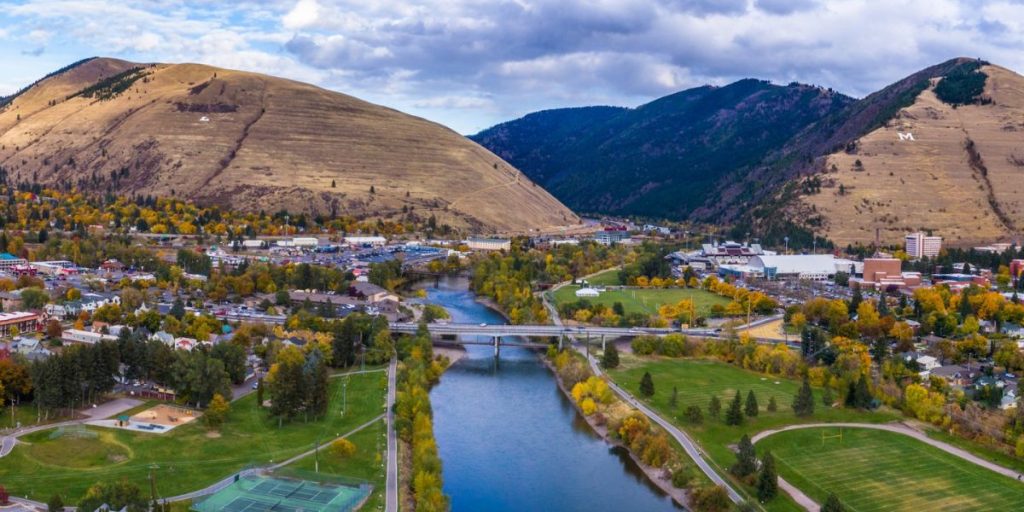
Missoula, on Montana’s western border, is where five mountain ranges meet. Two major rivers and five important valleys cross this region. Missoula has a humid continental climate with cold, snowy winters, hot, dry summers, and crisp, invigorating autumns.
- Missoula GDP: $6.7M
- Top industries: Education, Tourism
- University of Montana, Community Medical Center, Watkins & Shepard Trucking, Montana Rail Link, and Consumer Direct Care Network are top employers.
Great Falls
The third-largest city in Montana, Great Falls, has 60,382 residents and is falling by 0.03% annually. The latest census estimated a -0.08% yearly drop. The city has 2,628 residents per square mile and is 23 miles long.
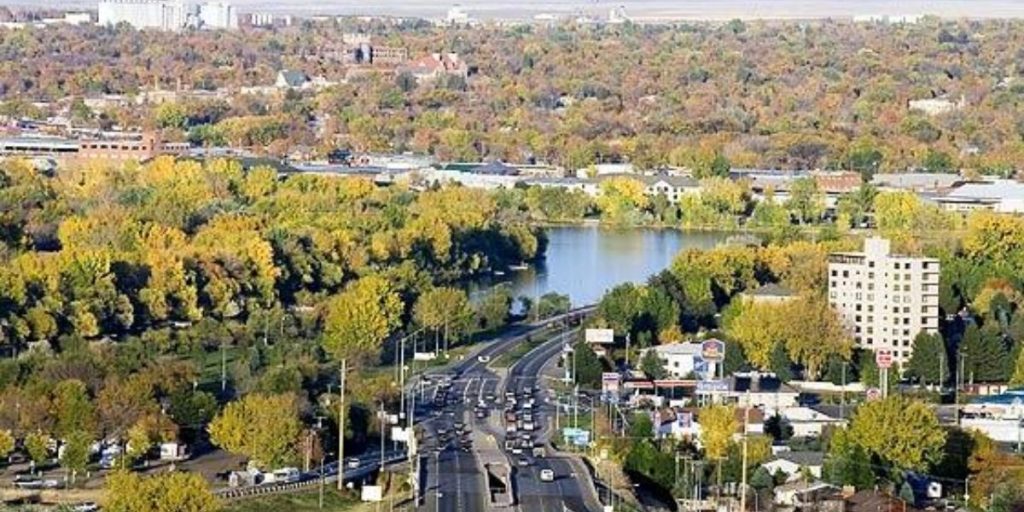
Great Falls is on the Missouri River in Central Montana in the northern Great Plains. Many waterfalls line the river near the Rocky Mountains. Dry and continental, Great Falls has short, scorching summers and lengthy, frigid winters.
- Great Falls GDP: $4.1M
- Top sectors: Healthcare, retail, lodging, and food.
- Top employers: Benefits Health System, Great Falls Clinic, Wal-Mart, Centene Corp., Albertson’s
You Can Also Read: Explore 5 Most Dangerous Neighborhoods in Fontainebleau, Florida
Bozeman
Bozeman is Montana’s fourth-largest city with 56,123 residents and 2.67% yearly growth. In 2022, it grew 2.8%, making it one of America’s fastest-growing small cities. The 20-mile city has 2,826 residents per square mile.
Bozeman, at 4,820 feet, is bordered by six mountain ranges. Bozeman features hilly and grass grassland landscape like much of Montana. The city has a humid continental climate with short, hot, clear summers and cold, snowy, partly overcast winters.
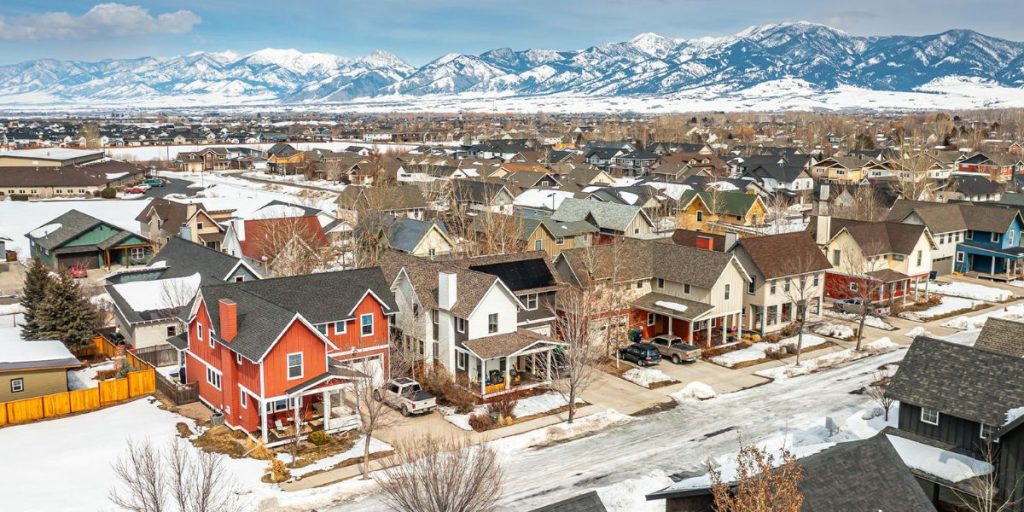
- Bozeman GDP: Unknown
- Top industries: agriculture, mining, construction, manufacturing, wholesale, and retail
- Montana State University, Bozeman School District, Simms Fishing Products, Oracle, Mystery Ranch Backpacks, and Bozeman Health are top employers.
Read More: Top 7 Wealthiest Counties in Minnesota
Silver Butte Bow
Butte-Silver Bow, with 36,068 residents and 0.7% yearly growth, is Montana’s fifth-largest city. While the city has grown modestly over the decades, this mining town is likely to grow dramatically in the next years. Butte has a low, spread-out population density of 48 people per square mile.
Three mountain ranges surround Butte-Silver Bow, while the city core is flat and hilly. Around Historic Uptown, it gets hilly. Butte has short, scorching summers and harsh winters like the rest of Montana.
- Butte-Silver Bow GDP: $1.7m
- Top industries: Mining, manufacturing, healthcare, retail, tourism, and tech
Also, read: These 8 Signs Indicate You Will Retire Wealthy
Montana Economic Impact
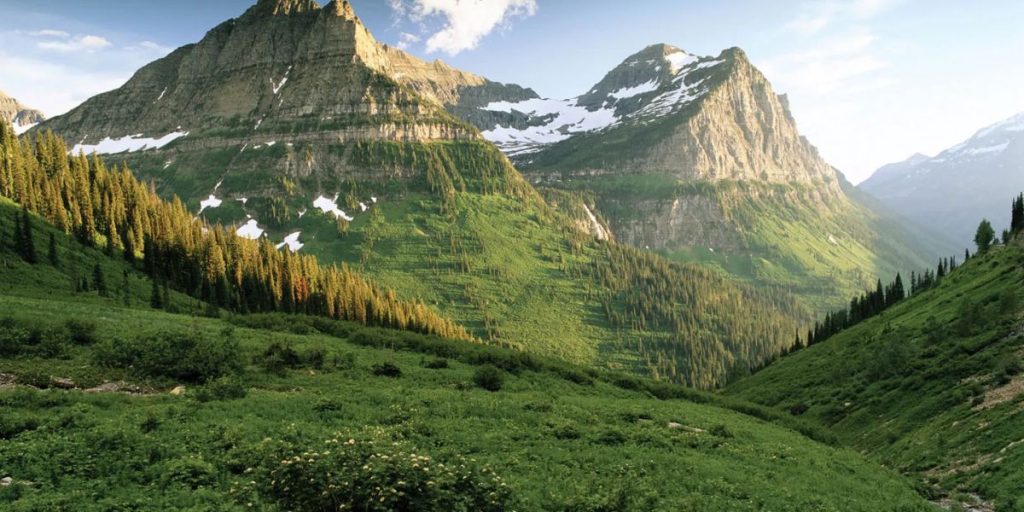
The population of Montana is 1.1 million, growing 1.2% during the past five years. The state’s GDP rose 1.4% to $49.3 billion in 2022. All industry numbers are added to GDP to measure a state’s economic health.
- Montana’s largest industries by revenue: are petroleum refining ($15 b), gas and petroleum stations ($5.9 b), Native American casinos ($5 b), hospitals ($4.9 b), and car dealerships ($3.9 b).
- Top Montana employers: Walmart, Albertsons, Montana State University, Billings Clinic, Logan Health, University of Montana, Bozeman Health, and Benefits Health System.
- Montana’s top GDP sectors include real estate, healthcare, manufacturing, retail, professional services, agribusiness, wholesale trail, mining, and construction.
Read More: 5 Most Wealthy and Richest Counties in Alaska
Conclusion
Montana, known for its natural beauty, boasts diverse cities. Billings leads with a growing population and a diverse economy, while Missoula thrives on education and tourism. Great Falls faces a slight decline, and Bozeman emerges as a rapidly growing hub. Butte-Silver Bow, driven by mining, anticipates future growth.